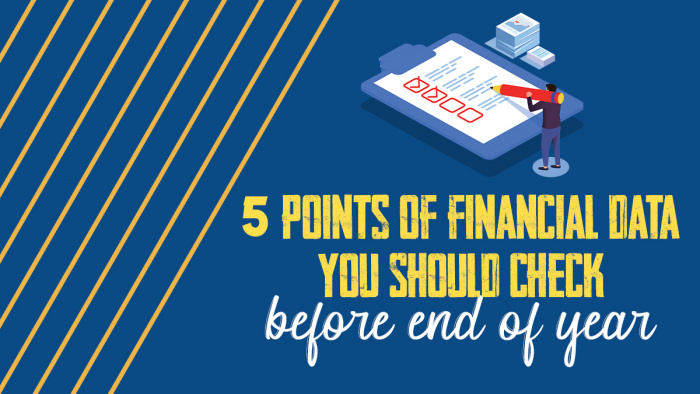1. Prepare Your Tax Documents
One third of Americans file their taxes at the last minute. Filing late could cost you additional penalties, interest, or fees.
The most common tax forms include:
- wage information
- personal information for all filers
- previous year(s) tax returns
- charitable donations
- childcare or education expenses
- itemized medical expenses
2. Check Your Flexible Spending Account Balance
If your flexible spending account has a balance that you can't carry over into the next year - spend it so you don't lose it.
3. Take Note of Your Retirement Accounts
See if you have the bandwith to add any additional contributions. Keep the maximum contributions in mind.
- If you're younger than 50, the contribution limit is $19,500.
- If you are 50 or older, you qualify for 'catch-up' contributions - meanting each year you can put into your 401(k) up to $26,000.
4. Analyze Your Banking Statements + Credit Reports
Use your banking statement information to create a budget for the first quarter of the year. Pull your credit report(s) through the end of next April and scan them for errors and inaccuracies.
5. Review Goals and Progress
Ensure your emergency fund is in a good place, and that your savings plan is in line with your goals. Update your strategy - or expectations - as necessary.

